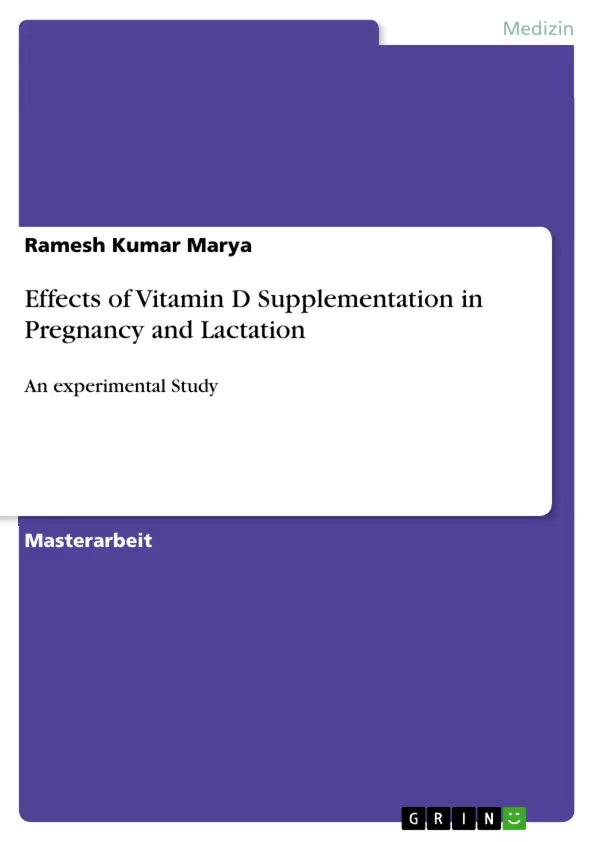Reports of receptors for 1,25 (OH)2 D3 in most of the tissues of the body suggest that vitamin D may have a more fundamental and generalized role rather than merely in calcium homeostasis. Many clinical studies, including a few by the author, have indicated a beneficial effect of vitamin D supplementation during pregnancy on the fetal and neonatal growth. This experimental study was conducted to elucidate the effects of vitamin D supplementation during pregnancy on the skeletal and soft tissue growth in the rat pups.
Results of this study have demonstrated that in the rat on normal intake of vitamin D, calcium and phosphorus, administration of a limited supplement of vitamin D during pregnancy produced a beneficial effect on the fetal and neonatal growth. The increase in growth involved both skeletal and soft tissues. The accelerated growth was partly due to an improvement in lactational performance of the mother. In addition, certain evidences suggest an anabolic action of vitamin D on the offspring which begins during gestation and extends into neonatal period.
CONTENTS
I. NTRODUCTION
II. REVIEW OF LITERATURE
A. HISTORICAL NOTE
B. VITAMIN D METABOLISM
C. MECHANISMS OF ACTION OF 1, 25 (OH)2 D
D. BIOLOGICAL ACTIONS OF VITAMIN D
E . ROLE OF VITAMIN D IN PREGNANCY
F. ROLE OF VITAMIN D IN LACTATION
G. EFFECTS OF HYPOVITAMINOSIS D DURING PREGNANCY ON REPRODUCTIVE FUNCTION
III. MATERIALS & METHODS
IV. OBSERVATIONS
V. DISCUSSION
VI. SUMMARY
VII. BIBLIOGRAPHY
- Quote paper
- Ramesh Kumar Marya (Author), 2012, Effects of Vitamin D Supplementation in Pregnancy and Lactation, Munich, GRIN Verlag, https://www.grin.com/document/214738



